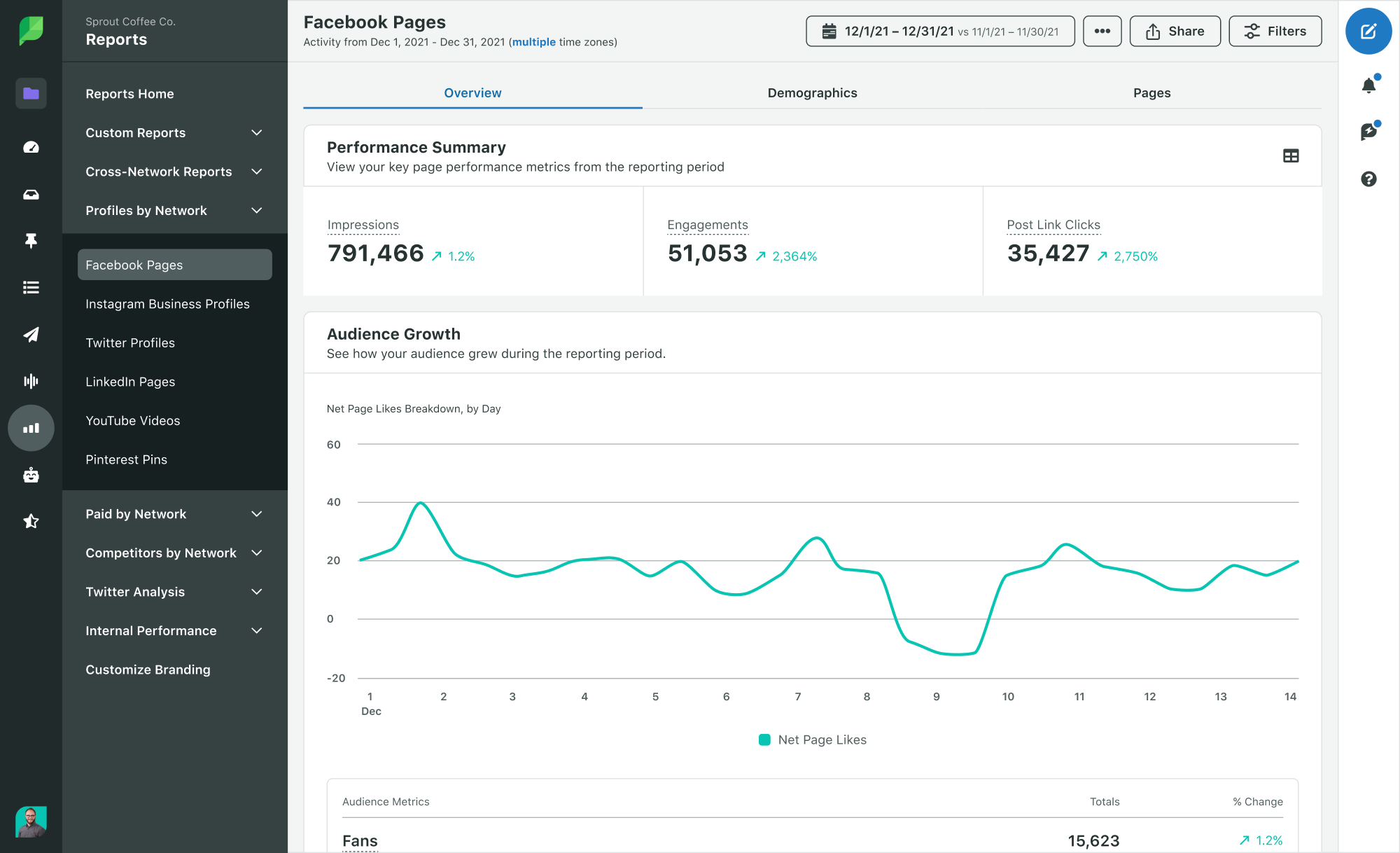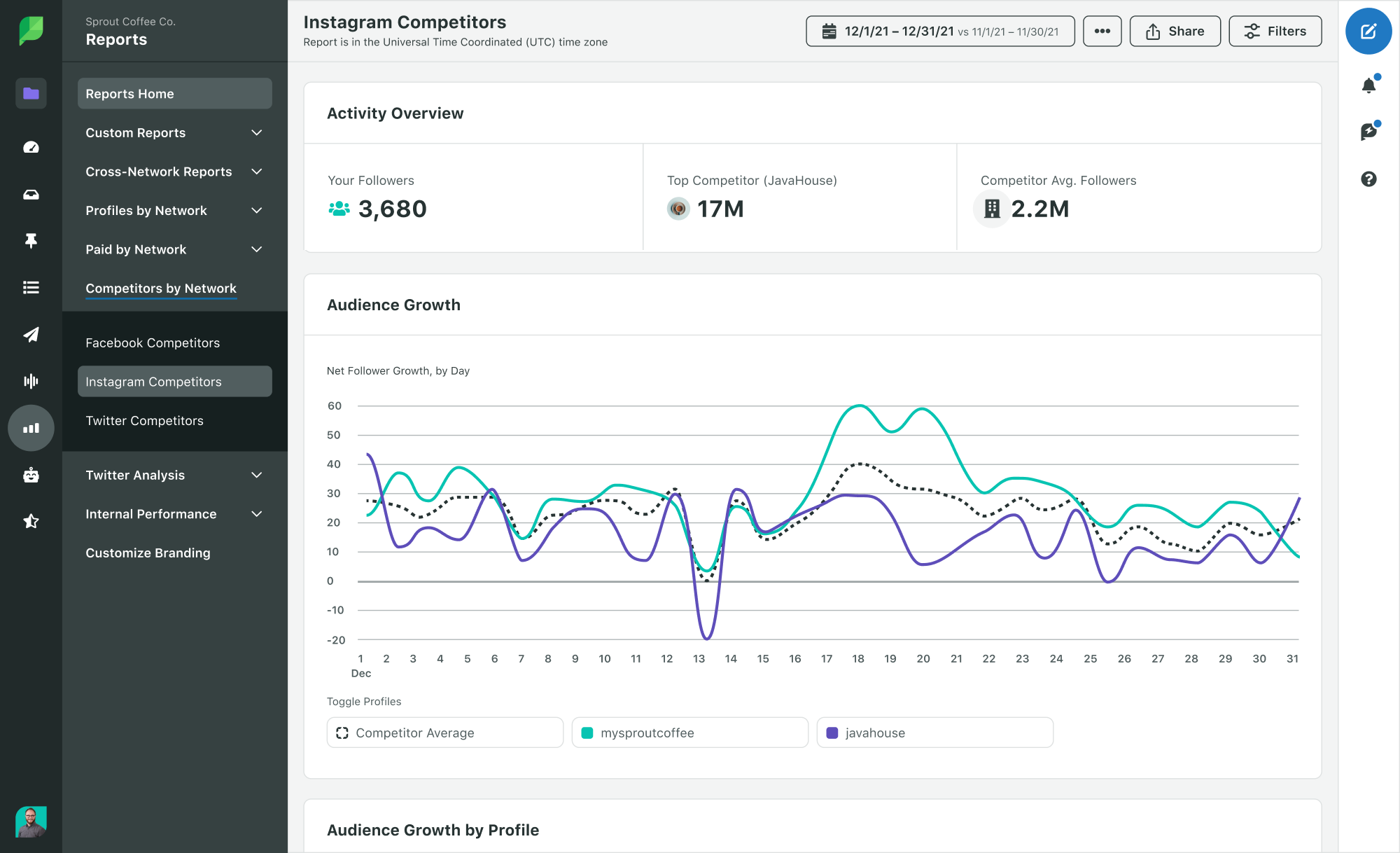Choosing the right social media channels for your business
Written by Jenn Chen
Published on September 2, 2021
Reading time 6 minutes

It seems like every month, there’s a new social media channel that pops up. Should you create a TikTok account? Clubhouse? Would Twitter Spaces work for your business? It can be tempting to be active on all the available social media channels but is that the right course of action?
Instead, it’s best to strategically choose the right social media channels for your business. Going through the process of creating a social media strategy will help you determine which channels are best for your business. There are also several points for you to consider before you hit that create account button.
Does your business need a social media channel?
The short answer is yes but the long one is more complicated. It depends.
Depends on what? A number of factors go into deciding if your business should hop onto a social media channel.
If your goals, audience and KPIs all align without social media, then you may be doing fine without it. But if you want to increase exposure or reach new and current customers, then you should consider at least one social media channel.

The Sprout Social Index, Edition XVII: Accelerate report found that consumers prefer to use social media for sharing feedback about a product (31%) and reaching out with a customer service issue or question (33%). On the marketing end, marketers use social media to collect data in a number of ways. From the same study, 88% of marketers report that their social media strategy positively influenced their sales and 90% agree that social media helps them stay ahead of their competitors.
So the long answer to “does your business need a social media channel?” is yes, if you want to build up your community, increase brand awareness, generate sales leads and keep tabs on your competitors.
Let’s take a look at what you should consider when choosing a social media channel.
1. What are your goals?
Different platforms offer different advantages. Oftentimes, social media goals align with your overall business goals. So when you’re setting your social media goals, a few platforms will stand out as the best ones to reach those goals.

According to marketers, their top goals in social are to:
- increase brand awareness (70%)
- generate leads (59%)
- increase community engagement (48%)
Once you’ve identified your top goals, write them down to reference as you consider your channel choices.
2. What resources are available to you?
Let’s be honest. Social media takes time and effort. Between creating content and scheduling posts, there are strategies to consider and new features to keep up with.
Reflect on these questions:
- Do you currently have a social media team? If not, who will be part of this team or have these responsibilities?
- Do you have enough people to manage all the channels you want to be on?
- How much time can you really dedicate to each channel? Include the learning curve time for a new channel.
- Who is creating your social content and who will manage them?

Resources aren’t limited to people or time, either. Within the cost calculation of your social media ROI includes the software that you use to post and analyze. There is a wide range of digital marketing tools available. The question for you to think about is if they will be included in your resources.
3. What content types do you have?
Some companies already have an established media library. That’s great. That’s visual content for you to repurpose into social media content. You might also have blog posts already written. That’s even more content that you can use on social.
Take stock of the existing content you have and if you’ll be able to create more content. But consider how and who will be creating that new content? Will the social media manager also be the social media photographer? Are videos being outsourced?

There are five main types of social media content: video, images, text, stories and live video. The content that you create and curate will directly influence your social media channel decision.
Are you able to upload a lot of video content? Then Facebook, YouTube and Instagram should be at the top of your list. Yes, it might be very tempting to jump into TikTok but if you aren’t able to create the video content that is necessary for the platform, then this channel is not for you.
It’s best to be realistic because content curation and creation take time. When you start out on a new network, you want to make sure you have the right type and amount of content to post on a consistent basis.
4. Where is your audience now?
Even if you aren’t present on a social media channel, chances are that your customers are. Check your website data to see where your referrals are coming from. What are they clicking on and where are they clicking from? Knowing that you have a customer base already on a channel makes it easier for you when you establish your brand presence.
One exercise you can do is to define your target audience. Once you have that identified, you can match them up with current statistics for the many various social media platforms. Some demographics are more present on certain channels than others. Having this data on hand will help you in deciding on a social media channel.
5. What industry are you in?
While Facebook, Instagram and YouTube are the top social platforms for brands and consumers, it doesn’t mean that those are your go-to channels. Channel popularity varies between industries. So while these benchmarks for overall brands and consumer behaviors are a good place to start, you’ll need to do your own research for your industry.

To get an idea of your industry’s presence on different networks, start with a competitor analysis. After that, review some industry benchmarks to see what has generally worked per channel.
For example, the average sports industry company publishes 42 posts a day across Facebook, Instagram and Twitter. With 227 messages received on a daily basis, that gives you a rough idea of what to expect for engagement and you can plan your staffing accordingly. Of course, if you’re just starting out, you won’t have these numbers. But that means you now have some specific numbers to input for your social media goals.
6. Where are your competitors?
Take a moment and research your competitors’ social media profiles. Where are they posting and what are they posting about? What types of posts are working for them? What are the comments saying about them? Answers to these questions will inform your understanding of how your competitors are performing.

Social media is great for competitor analysis. The top two ways that marketers use social data is that it tells them the strength of a customer’s loyalty and it reveals the strengths and weaknesses of competitors’ products or services. When your competitors are on a certain channel and performing well, it’s a good sign that you should be, too.

An easy way to keep track of your competitors’ performance is to use a competitor report like the one offered by Sprout Social. It’ll match your performance and growth against the competitors you add in an easy-to-read graph.
7. How will you manage all the social media channels?
All things considered, you might have a good idea of which social media channels you want to focus on now. And you might even know who on your team or in your business would be managing all of them. The next question to ask yourself is what tools you’ll be using.
Scheduling, analytics, previews and engagement management are all typical features of social media management software. Some companies focus on just a few networks while others like Sprout include top social media platforms as well as review platforms such as Google My Business and TripAdvisor. The more channels you’re on, the more time you’ll spend managing reviews on them.

If you’re wondering if an all-in-one solution would help you reclaim your time, the answer is yes. Management becomes easier, especially if you have an inbox that compiles all your engagements into one view. No more jumping between networks. You can respond to a Facebook review and look at the most recently tagged photo on Instagram all from the Smart Inbox.
How to decide on the right social media channel for you
There are over 15 social media platforms for you to choose from. It’s overwhelming, to say the least. How will you choose the right ones for you? Ask yourself the above seven questions to narrow down your choices.
In the last year, consumer social media use has increased across all generations. If you haven’t already, it’s time to invest in social media. And if you’re hesitant about adding more channels, the data shows that usage and spending will continue to rise. You won’t want to be left behind.
Explore how you can improve on your social strategy with a personalized demo from Sprout Social.
- Categories
Unraveling Meta Threads: What we learned from our first 30 days on the network
Published on August 7, 2023 Reading time 6 minutes - Categories
What is an API & why does it matter for social media?
Published on November 15, 2022 Reading time 7 minutes - Categories
How to write an engaging social media bio for your brand
Published on November 10, 2022 Reading time 8 minutes - Categories
11 overlooked social media benefits for business
Published on September 27, 2022 Reading time 9 minutes


Share